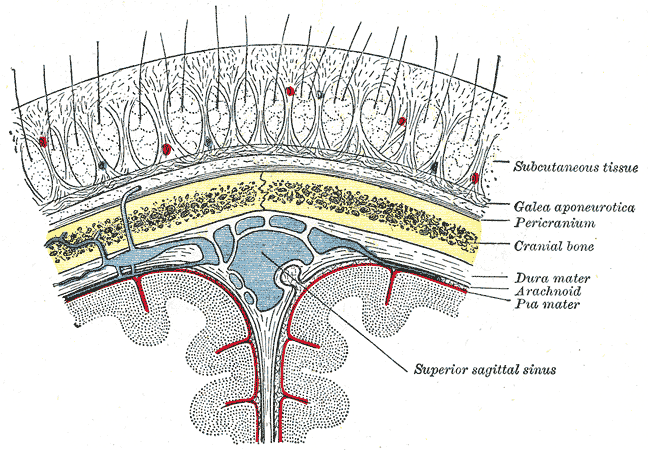|
Scalp Reduction
Scalp reduction is a surgical procedure in which the hairless region of the scalp of a Pattern hair loss, bald person is reduced. This procedure can reduce the area of the scalp in which hair transplantation is needed or even eliminate the need for hair transplantation. History Scalp reduction became very popular starting in the 1960s and, by the 1980s, was considered one of the most effective treatments for baldness. It is not commonly performed today, with around 5,000 men per year receiving hair transplantation instead of a full scalp reduction surgery. Scalp reduction may reduce the size of bald spots and treat baldness. The surgery can typically take 2–3 hours with around 250 hair Graft (surgery), grafts, with cases of severe baldness involving around 1,000 hair grafts. Candidates for surgery * Hair loss due to genetics * Healthy scalp * Scalp elasticity * Donor hairs (healthy hairs on the side and back of the scalp) * Hair loss must be permanent After care * Do not ... [...More Info...] [...Related Items...] OR: [Wikipedia] [Google] [Baidu] |
Scalp
The scalp is the area of the head where head hair grows. It is made up of skin, layers of connective and fibrous tissues, and the membrane of the skull. Anatomically, the scalp is part of the epicranium, a collection of structures covering the cranium. The scalp is bordered by the face at the front, and by the neck at the sides and back. The scientific study of hair and scalp is called trichology. Structure Layers The scalp is usually described as having five layers, which can be remembered using the mnemonic 'SCALP': * S: Skin. The skin of the scalp contains numerous hair follicles and sebaceous glands. * C: Connective tissue. A dense subcutaneous layer of fat and fibrous tissue that lies beneath the skin, containing the nerves and vessels of the scalp. * A: Aponeurosis. The epicranial aponeurosis or galea aponeurotica is a tough layer of dense fibrous tissue which anchors the above layers in place. It runs from the frontalis muscle anteriorly to the occipitalis ... [...More Info...] [...Related Items...] OR: [Wikipedia] [Google] [Baidu] |
